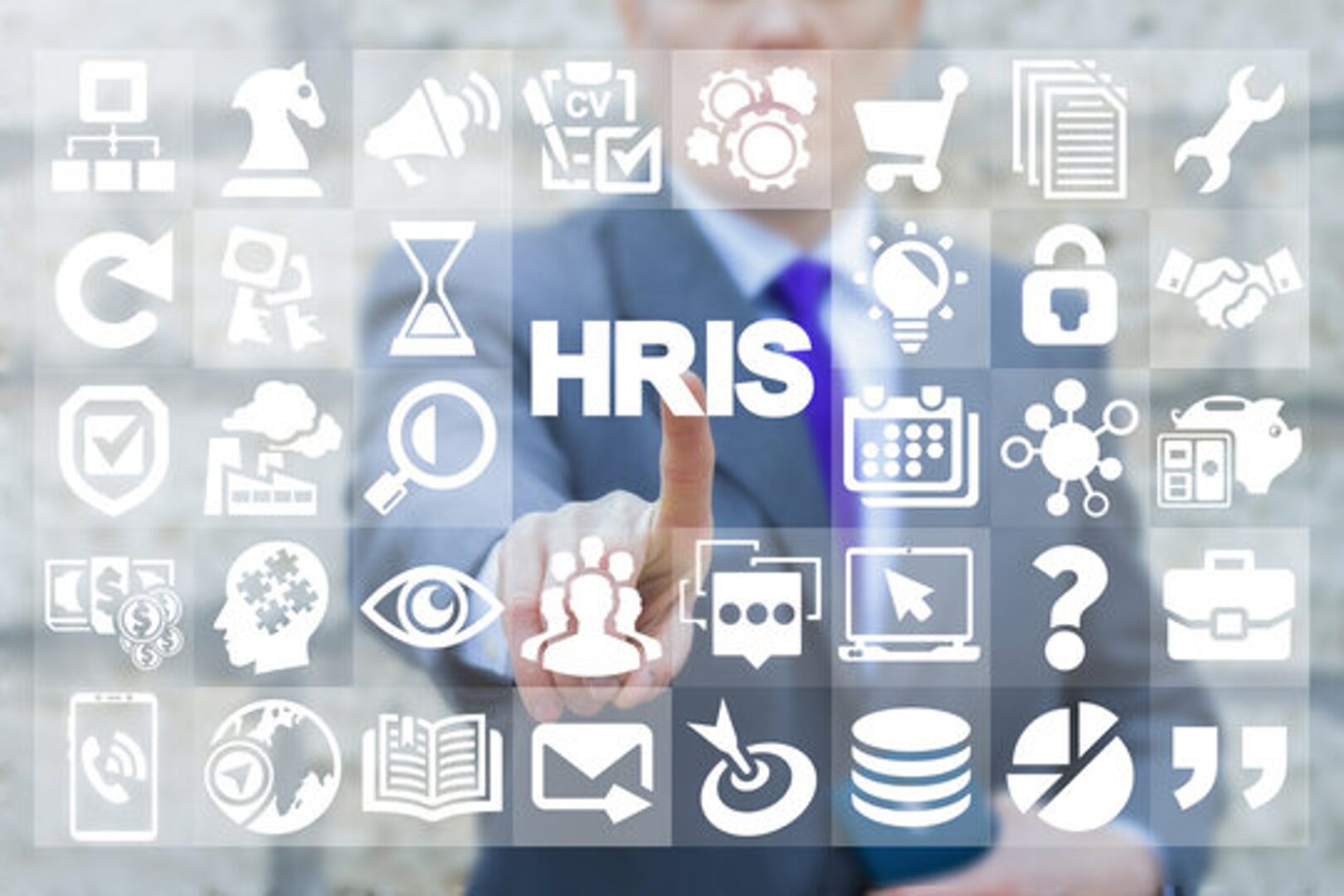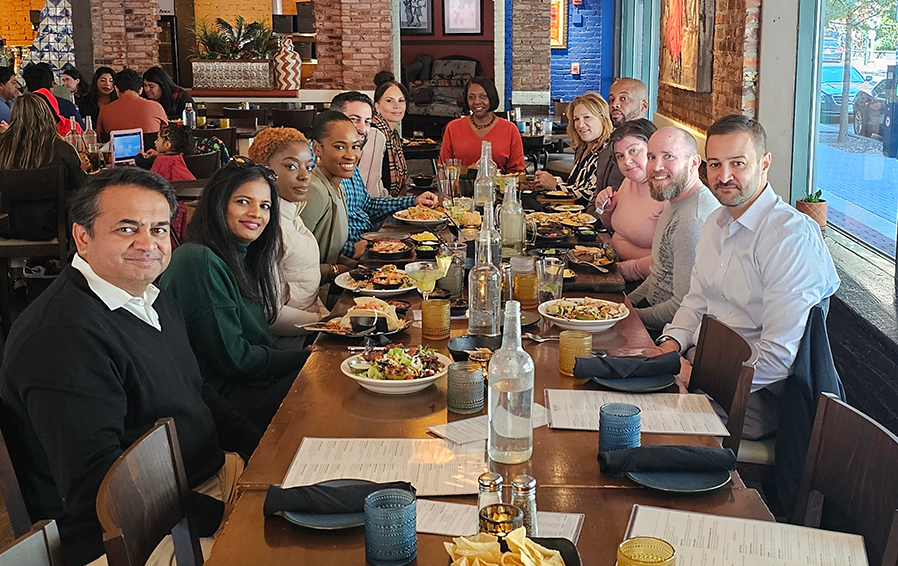Case Study
The Exponential Costs of Aging HRIS Systems
By Vasanth Kutty, Gautam Ijoor and Nitin Vartak

January 9, 2025
Abstract
Legacy Human Resources Information Systems (HRIS), such as PeopleSoft, once set the standard for organizational efficiency but are now increasingly costly and cumbersome to maintain. Rising expenses for software updates, maintenance, and support are placing a growing burden on organizations that rely on these aging systems.
This white paper explores the escalating costs of legacy HRIS, highlights the specific challenges faced by organizations using PeopleSoft, and demonstrates how transitioning to modern, cloud-based solutions like Workday or Oracle HRMS can drive substantial cost savings and operational efficiencies. Drawing on insights from Gartner research and industry benchmarks, this paper provides a compelling case for HRIS modernization as a strategic necessity for organizations looking to optimize resources and stay competitive.
1. Introduction
As the business environment evolves, the demand for streamlined and adaptive HR processes intensifies. Many organizations are finding that legacy systems like PeopleSoft, while once revolutionary, now struggle to meet modern workforce needs. These systems, with their high costs and outdated functionalities, are becoming less viable. This white paper delves into the financial implications of maintaining legacy HRIS and makes a compelling case for transitioning to contemporary cloud-based solutions. It underscores the advantages of modernization, drawing on data and insights from industry research to highlight how new systems can enhance efficiency and competitiveness.
2. The Exponential Costs of Aging HRIS: A Focus on PeopleSoft
Aging HRIS, particularly PeopleSoft, presents a unique set of challenges that contribute to exponential cost increases:
| Software Updates | |
| Maintainability | |
| Hidden Costs |
3. Cost Savings with Modernization: Workday and Oracle HRMS
Modernizing with cloud-based HRIS solutions like Workday and Oracle HRMS offers a compelling solution to the challenges and escalating costs associated with legacy systems:

Reduced TCO:
- Subscription-Based Pricing: Cloud solutions typically operate on a subscription-based model, eliminating large upfront capital expenditures and providing predictable operating expenses. Nucleus Research found that cloud-based HRIS can reduce TCO by up to 30% compared to on-premises solutions.
- No Infrastructure Costs: Cloud providers manage the underlying infrastructure, eliminating the need for organizations to invest in and maintain expensive hardware and software.
- Automated Updates: Cloud solutions provide automatic updates and upgrades, eliminating the need for costly and time-consuming manual upgrade processes.
Improved Maintainability:
- Vendor Managed: Cloud providers are responsible for system maintenance, security, and upgrades, reducing the burden on internal IT resources.
- Reduced Technical Debt: Modern cloud solutions are designed with clean architectures and standardized processes, minimizing technical debt and improving maintainability.
- Continuous Innovation: Cloud providers invest heavily in research and development, ensuring that their solutions remain up to date with the latest technologies and HR best practices.
Enhanced Functionality:
- Improved User Experience: Modern HRIS offer intuitive user interfaces and mobile accessibility, improving employee engagement and productivity.
- Advanced Analytics and Reporting: Cloud solutions provide robust reporting and analytics capabilities, enabling data-driven decision-making and strategic workforce planning.
- Integration and Automation: Modern HRIS integrate seamlessly with other business applications and support automation, streamlining HR processes and improving efficiency. A study by Deloitte found that organizations using cloud-based HRIS saw a 15% increase in HR process efficiency.
4. Gartner Research on HRIS Modernization
Gartner’s research strongly supports the case for modernizing legacy HRIS:
- Cloud Adoption is Accelerating: Gartner predicts continued strong growth in the cloud HRMS market, with cloud deployments becoming the dominant model. In their “Market Guide for Cloud HCM Suites for 1,000+ Employee Enterprises,” Gartner states that “by 2025, 60% of enterprises with more than 1,000 employees will have invested in a cloud-based core HR suite.”
- Modernization as a Strategic Imperative: Gartner emphasizes that HRIS modernization is not just an IT project but a strategic initiative that can drive business transformation and improve organizational performance.
- Focus on Business Value: Gartner recommends that organizations prioritize HRIS solutions that deliver tangible business value, such as improved employee engagement, increased productivity, and reduced costs.
5. Conclusion
The exponential costs associated with maintaining aging HRIS like PeopleSoft, particularly in terms of software updates and maintainability, are a significant burden on organizations. By incorporating specific data and insights from Gartner and other industry research, this paper has demonstrated the compelling financial and operational benefits of modernizing with cloud-based solutions like Workday and Oracle HRMS. By embracing modernization and leveraging Gartner’s insights, organizations can unlock the full potential of their HR function and position themselves for success in the digital age.
Recommendations:
- Conduct a thorough cost-benefit analysis of your current HRIS, considering all direct, indirect, and opportunity costs.
- Develop a comprehensive modernization strategy that aligns with your business objectives and outlines a phased approach to implementation.
- Evaluate leading cloud-based HRIS solutions like Workday and Oracle HRMS, considering factors such as functionality, scalability, security, and vendor support.
- Prioritizing solutions that offer strong user experience, advanced analytics, and seamless integration with other business applications.
- Partner with a trusted technology provider to ensure smooth and successful implementation and ongoing support.






